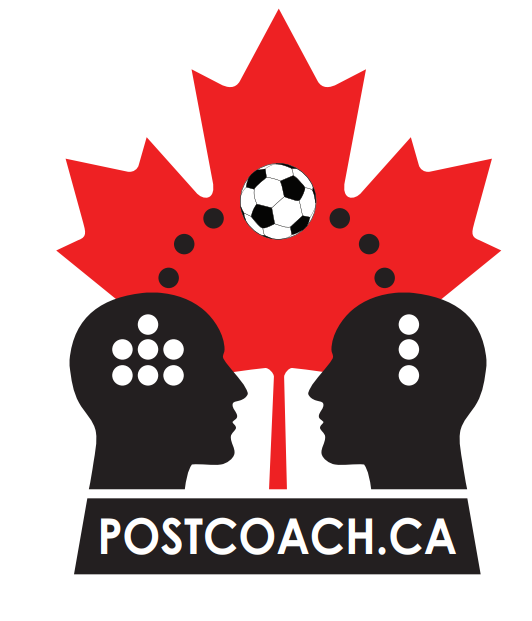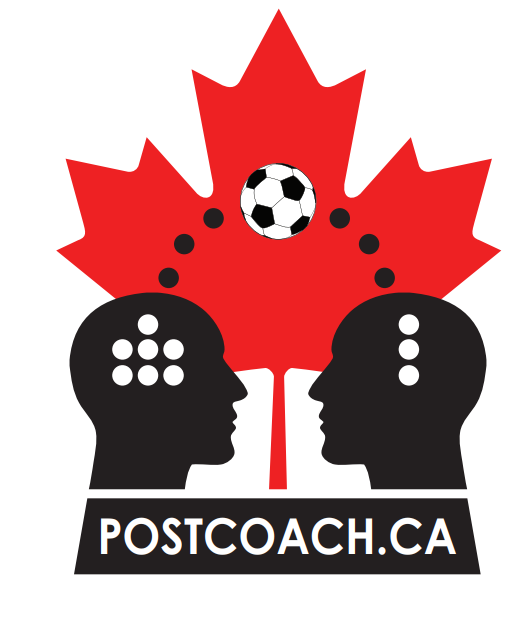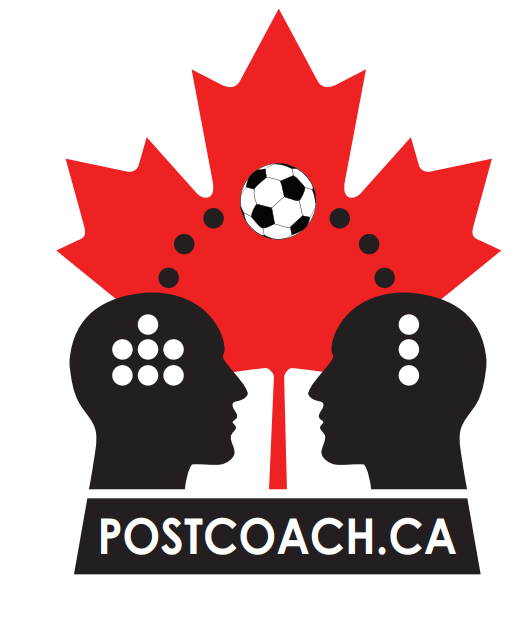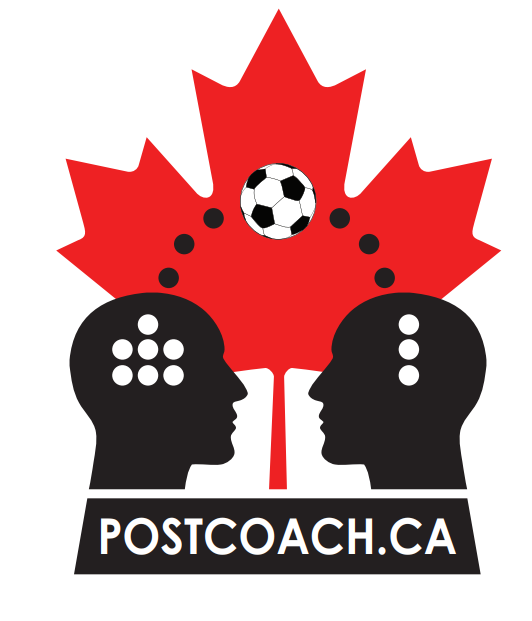Psychosocial Readiness To Return To Sport Following A Sport-Related Concussion
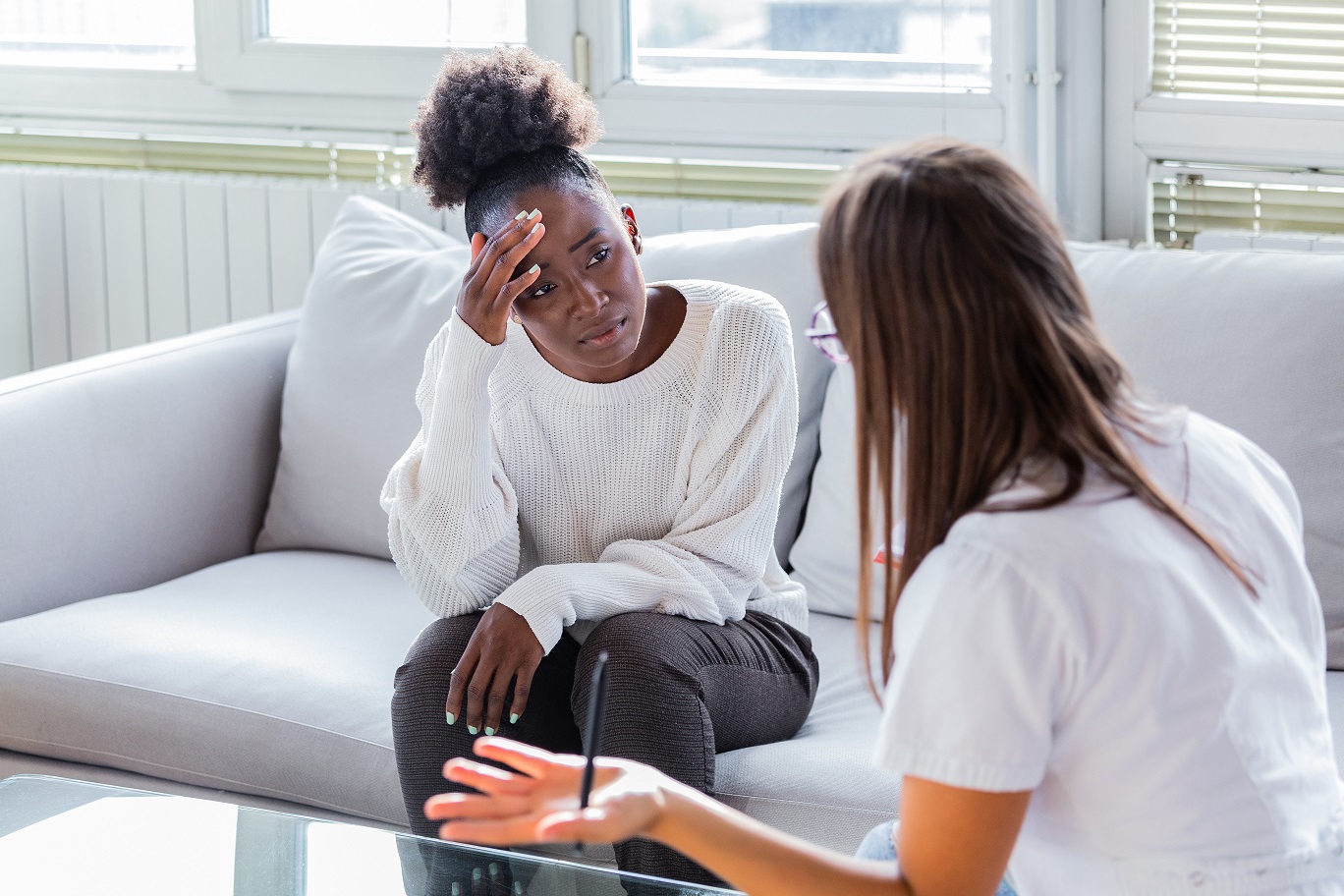
Excerpts of the following story by Gabrielle Cadotte, Béatrice Normandin, and Jeff Caron from the University of Montreal on September 28, 2022, https://sirc.ca/blog/return-to-sport-following-concussion/, addresses a subject that has been passed over in the past two years due to the COVID-19 Pandemic.
But with the return of full competition, we need to not forget the athlete and their return to the court or field of play and how to handle that return. This especially comes to light at the time of writing this the day after Tua Tagovailoa’s horrific injury that he suffered on the field in a game between the Miami Dolphins and the Cincinnati Bengals. https://www.sportsnet.ca/nfl/article/explainer-tua-tagovailoa-fencing-response-and-nfl-concussion-protocol/ https://www.cnn.com/2022/09/29/sport/tua-tagovailoa-miami-dolphins-injuries-intl-hnk-spt/index.html https://bleacherreport.com/articles/10050631-dolphins-tua-tagovailoa-discharged-from-hospital-after-head-neck-injuries https://nypost.com/2022/09/30/nflpa-using-every-legal-option-in-tua-tagovailoa-investigation/.
Did you know that 1 in 450 Canadians suffered a sport-related concussion (SRC) or other type of brain injury in the past year (Gordon & Kuhle, 2022)?
A SRC is a traumatic brain injury caused by a direct or indirect blow to the head (McCrory et al., 2017). For example, being struck by a soccer ball on the neck or an elbow to the head from an opponent are incidents that could lead to a SRC. Athletes may have to deal with psychosocial ramifications, meaning impact to their social situation and mental health (for example, anxiety), along with common physical symptoms (for example, headaches; Caron, 2019; McCrory et al., 2017).
Athletes who have suffered a SRC are recommended to follow the Graduated Return to Sport StrategyOpens in a new window before returning to sport. In this blog we will explain the importance of evaluating psychosocial factors during athletes’ return to sport, an element of recovery that is under-emphasized in the Graduated Return to Sport Strategy.
Gaps in the Graduated Return to Sport Strategy
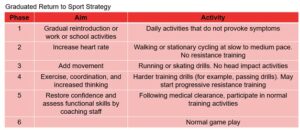
Each step of the Graduate Return to Sport Strategy focuses on physical recovery to return to sport. The steps involve athletes gradually reintroducing work or school activities, then movement and exercise, before making a full return to sport.
The process does not fully address psychological factors to recovery other than those referenced in steps 4 and 5 (increased thinking, restoration of confidence) and does not define how athletes can achieve those steps (van Ierssel et al., 2022). The Graduated Return to Sport Strategy also ignores other important psychosocial factors involved in the athletes’ recovery after a SRC (Bloom et al., 2022). These factors are important to consider as they can negatively affect performance and well-being.
Concussions are far more than headaches…
Lassman et al. (in press) explored the psychosocial factors involved in returning to sport following a SRC by interviewing 12 student-athletes who competed in American football, artistic swimming, basketball, cycling, ice hockey, ringette, sailing, synchronized ice skating, and swimming. All the athletes had suffered from SRC symptoms for at least six weeks, with some experiencing symptoms for two years.
The researchers identified 6 psychosocial factors that were involved in returning to sport following SRC. These included:
Fear
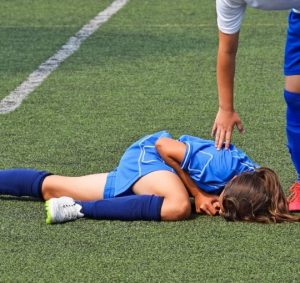
All athletes reported fear as a factor involved in returning to sport. Even if they were medically cleared to return to sport, some mentioned feeling apprehensive about getting hurt again. Student-athletes also feared they would regress and experience concussion symptoms again during their recovery or would suffer from potential long-term effects.
- Confidence
Athletes who were confident about returning to sport said they were able to balance their different roles (for example, their social, academic, and athletic roles). These athletes were not experiencing any symptoms from their concussion, believed they would not get hurt again, and felt as though they could deal with the pressures of sport. Thus, for athletes, being confident to return to sport meant that they felt like they were the same person and athlete as before their injury. For example, a football athlete described it as: “You’re just as good as you were, or you’re just as healthy as you were, just as capable as you were.”
- Identity
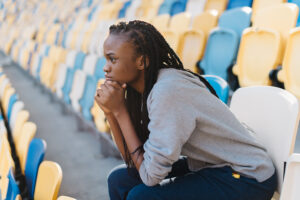
Some athletes with SRC felt like their identity was disrupted by the injury and they didn’t know who they were anymore. It was important to restore identity during the recovery process by rebuilding mental health, body image, and interactions with teammates and coaches. Athletes who were able to restore their identity felt joy and excitement when returning to sport.
- Support
Teammates and coaches showed support by demonstrating a sincere concern for the injured athlete’s health and well-being. It was important to athletes that team members provided feedback about their return to sport. Support coming from family, friends, health care professionals and academic staff were also important. Many members of athletes’ social lives can help make a positive difference in their recovery.
- Pressures
Athletes described experiencing two kinds of pressures while recovering from SRC. The first, internal pressure, refers to pressure that athletes put on themselves. For example, one of the athletes said, “As captain, I want to be there encouraging the girls and providing guidance, especially since we [the team] have been under-performing lately.”
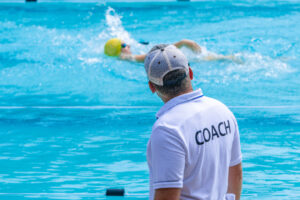
The second type of pressure, external pressure, refers to pressure coming from others such as teammates, coaches, and parents. For example, one athlete described a situation where his coach asked him, “Are you faking your concussion? Or are you not tough enough?” However, in this study, athletes believed that external pressure coming from their coaches, teammates or parents was often not overt or intended to make the athlete feel pressure to return.
- Case-by-case
Each SRC experience is unique to the individual athlete. Two athletes with SRC could have completely different symptoms and recovery length. For instance, a swimmer said:
“I’ve had some concussions where it’s like ‘I’m fine, I feel normal, it doesn’t really impact me that much.’ And other concussions I’ve had are a lot more serious. So, your [feelings of] readiness doesn’t just change person-to-person, but also concussion-to-concussion.”
For the final “take aways” and the rest of the story by Gabrielle Cadotte, Béatrice Normandin, and Jeff Caron from the University of Montreal on September 28, 2022, please go to: https://sirc.ca/blog/return-to-sport-following-concussion/.
